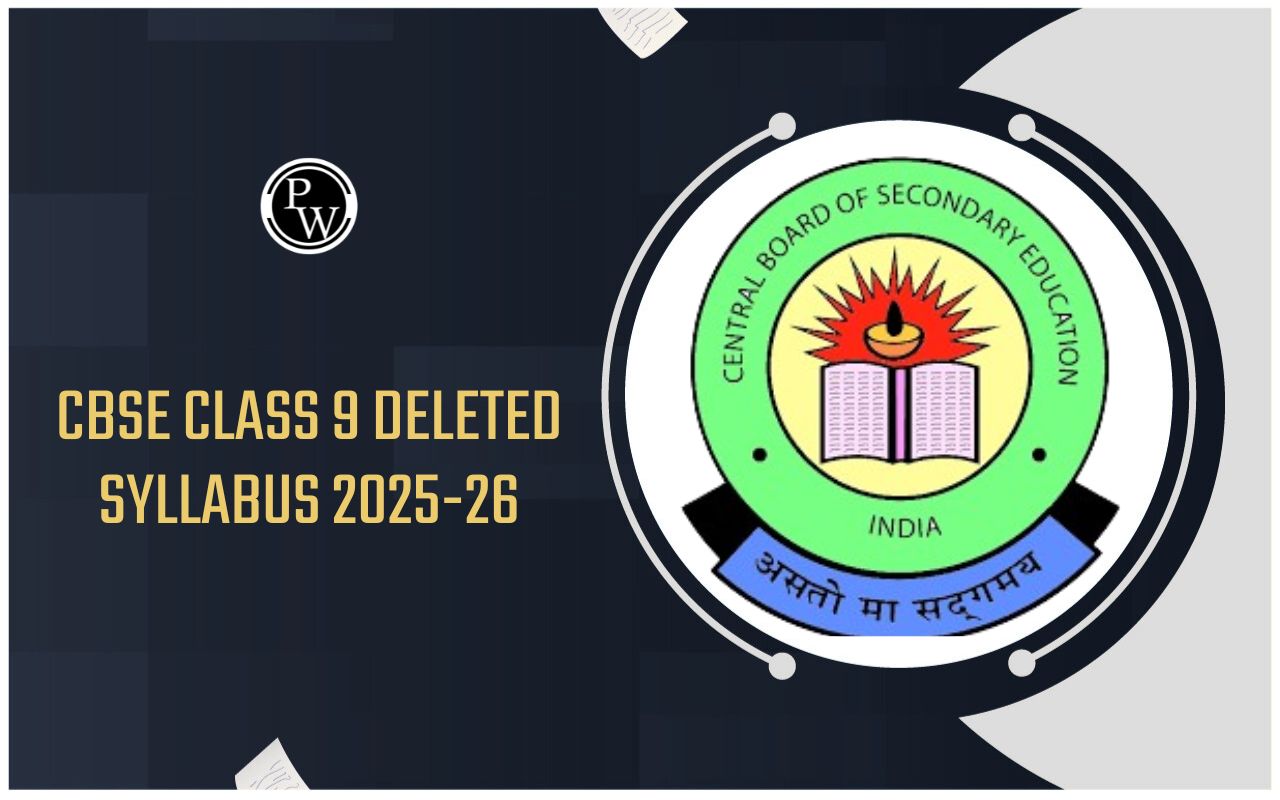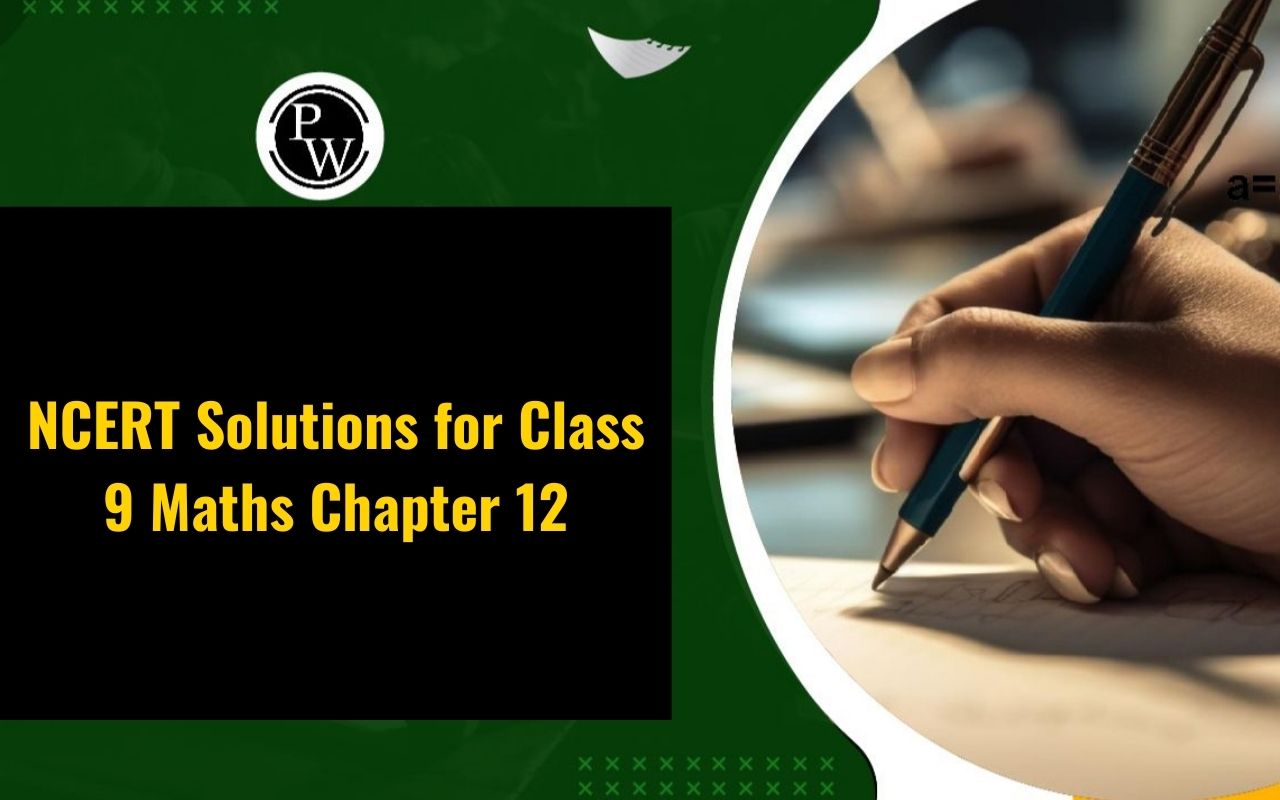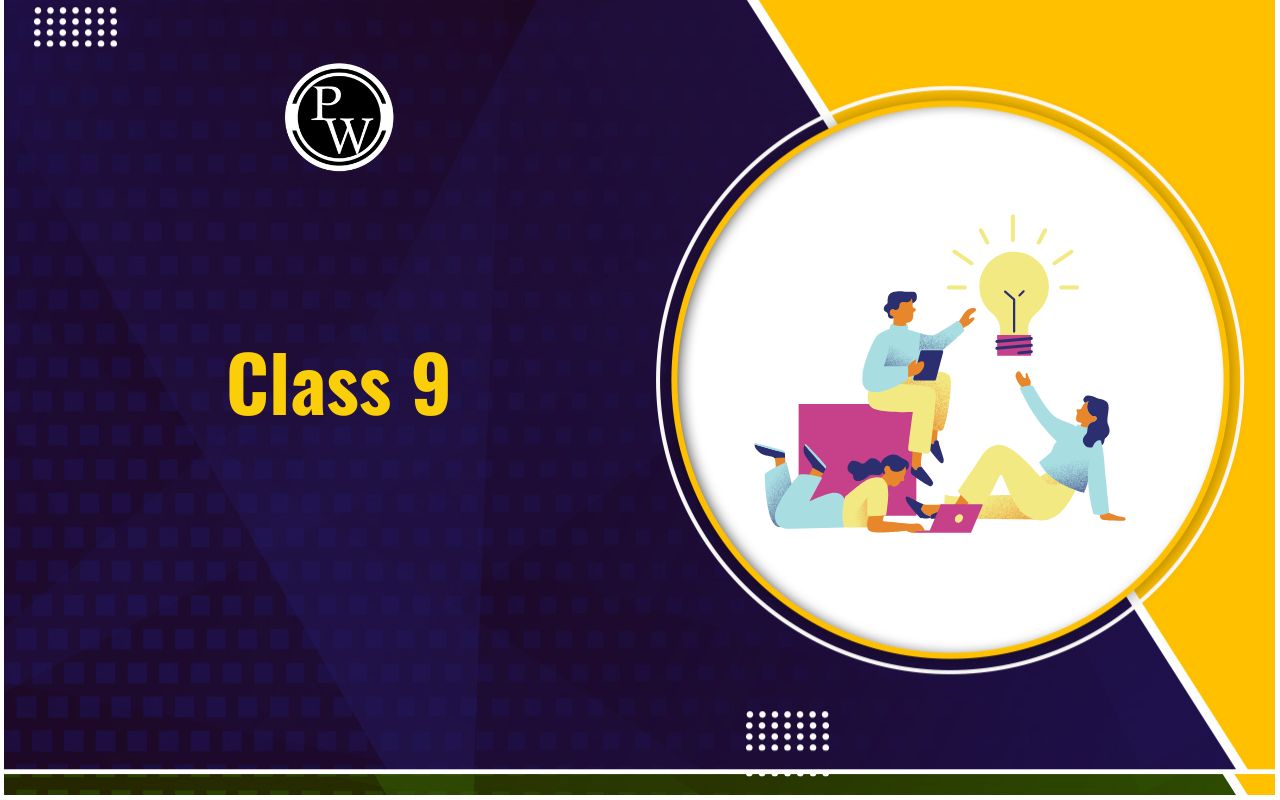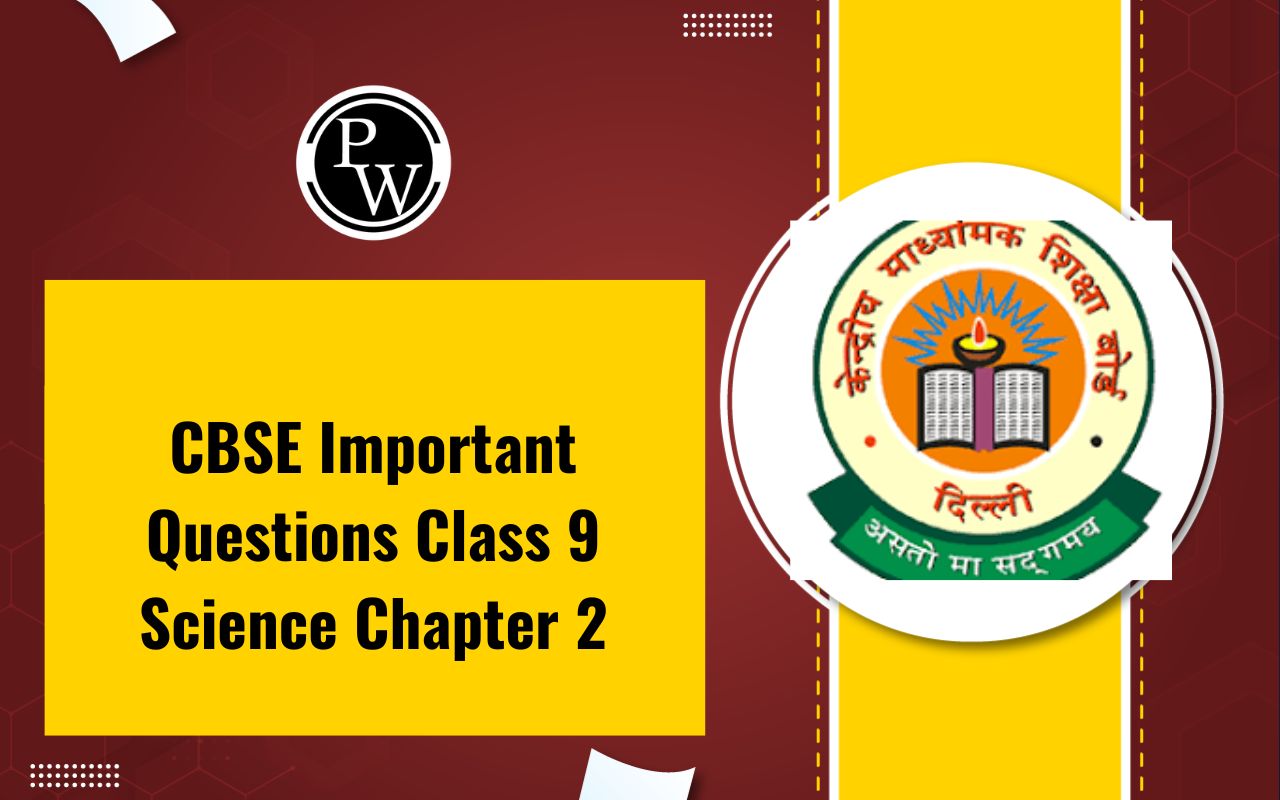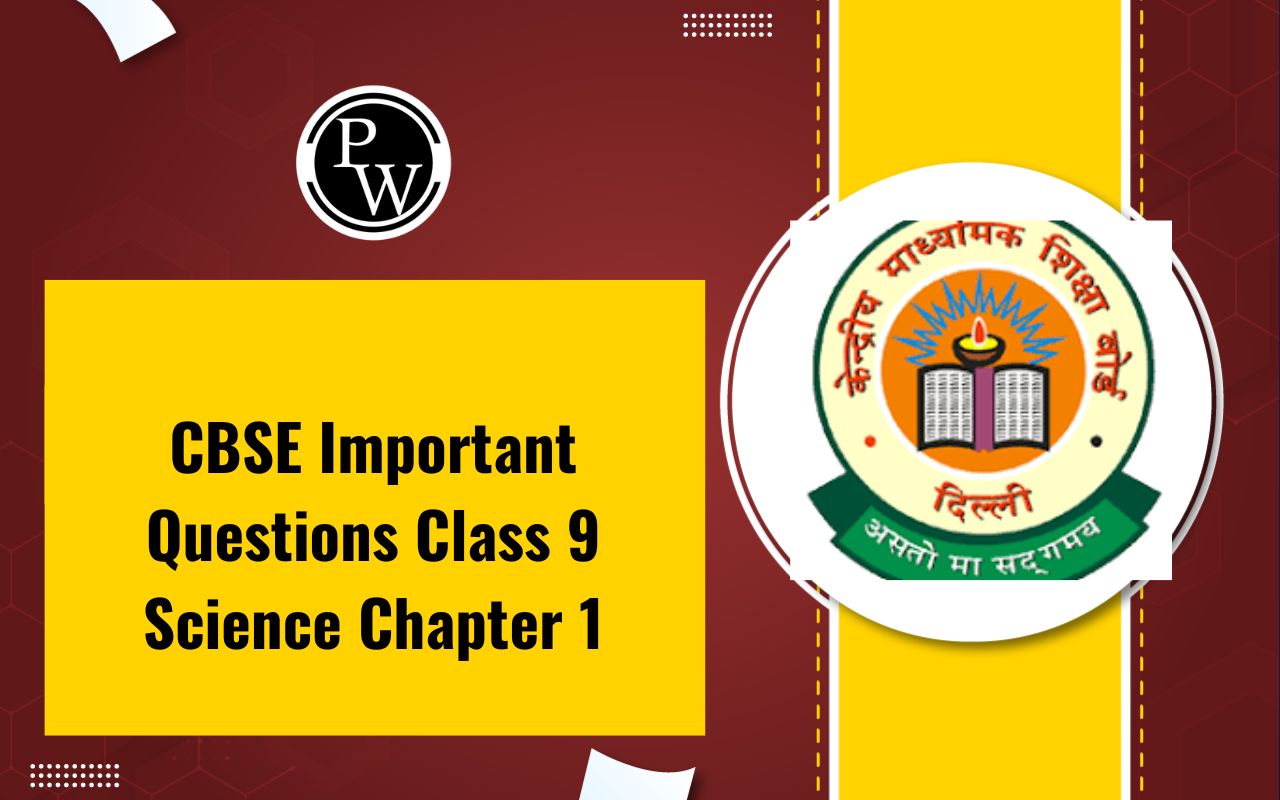
CBSE Class 9 Maths Notes Chapter 1: CBSE Class 9 Maths Notes Chapter 1 "Number Systems" help students understand different types of numbers. This chapter talks about natural numbers, whole numbers, integers, rational numbers, and irrational numbers. It explains how these numbers work and how they are related to each other.
These notes are important because they give students a strong base in math, making it easier to learn more advanced topics later. The simple explanations in the notes make it easy for students to understand and do well in their exams.CBSE Class 9 Maths Notes Chapter 1 PDF
The CBSE Class 9 Maths Notes Chapter 1 "Number Systems" PDF is a provided below. It explains different types of numbers like natural numbers, whole numbers, integers, rational numbers, and irrational numbers. The notes also teach how to show these numbers on a number line, how to do calculations with real numbers, and the differences between rational and irrational numbers when written as decimals. This PDF is important because it helps students understand the basics of number systems, which is essential for learning more advanced math topics later. The notes are written in a simple way, making it easy for students to understand and do well in their exams.CBSE Class 9 Maths Notes Chapter 1 PDF
Introduction to Number Systems
The number system is a way of showing numbers on a number line using specific rules and symbols. A number line is a straight line with numbers marked at regular intervals. The number system helps us do all kinds of math calculations, from complex scientific problems to simple tasks like counting chocolates in a box. In this article, we will discuss Class 9 Maths Chapter 1 "Number Systems."CBSE Class 9 Maths Notes Chapter 1 Number Systems
What Are Real Numbers?
Real numbers are a fundamental concept in mathematics and encompass a wide range of numbers used to represent quantities in real-world contexts. In short, real numbers include all rational and irrational numbers. Rational numbers are those that can be expressed as fractions, where the numerator and denominator are integers, and the denominator is not zero. Examples of rational numbers include 3/5, -4, 2.75, etc. Rational numbers can be finite decimals (like 0.75) or repeating decimals (like 1.333...). Irrational numbers, on the other hand, are numbers that cannot be expressed as fractions and have non-repeating, non-terminating decimal representations. Examples of irrational numbers include √2, √3, and π. These numbers cannot be written as simple fractions and have decimal expansions that go on indefinitely without repeating. Together, rational and irrational numbers form the set of real numbers, denoted by the symbol "R." Real numbers are essential for representing quantities in various mathematical contexts, including algebra, geometry, calculus, and more. They are depicted on the number line, where each point corresponds to a unique real number.Natural Numbers
These are the counting numbers that begin from 1 and continue infinitely. The set {1, 2, 3, 4, 5, 6, 7, ...} represents natural numbers. Denoted by N.Whole Numbers:
Whole numbers include all natural numbers along with zero. The set {0, 1, 2, 3, 4, 5, 6, ...} comprises whole numbers. Denoted by W.Integers
Integers consist of negative numbers, positive numbers, and zero, excluding fractions. The set {..., -3, -2, -1, 0, 1, 2, 3, ...} represents integers. Denoted by Z.Real Numbers and Their Decimal Expansions
Real numbers can have different types of decimal expansions based on whether the remainder becomes zero or not:Terminating Decimal Expansions: When the remainder becomes zero after a certain step, the decimal expansion is called terminating. For example, 78 can be expressed as 0.875, where the remainder becomes zero after a few steps.
Non-Terminating Decimal Expansions: If the remainder never becomes zero, the decimal expansion is termed non-terminating. This category further divides into two types:
a. Non-Terminating Recurring: These numbers repeat the same value after the decimal point endlessly. For instance, 1/11 equals 0.090909..., where the digits 09 keep repeating indefinitely.
b. Non-Terminating Non-Recurring: These numbers do not repeat the same sequence of digits after the decimal point, and the remainder never becomes zero. A classic example is the value of π (pi), which is approximately 3.141592653589793283..., where the digits continue indefinitely without repeating in a predictable pattern.
Representing Real Number on Number Line
Representing real numbers on a number line involves using the process of successive magnification. For example, let's locate 4.377 on the number line:- Initially, we note that 4.377 lies between 4 and 5 on the number line.
- Then, we narrow it down and locate 4.37 between 4.36 and 4.38.
- Further, we divide this interval into ten equal parts to get a more precise location.
- Finally, we find that 4.377 falls between 4.376 and 4.378.
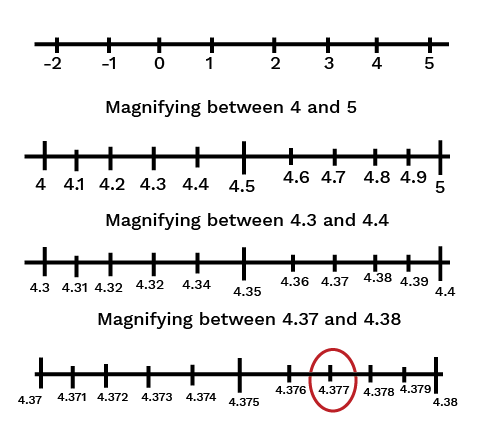
Operations on Real Numbers
Laws of Exponents for Real Numbers
There are some laws of exponent for real numbers such as
-
x m . x n = x m + n 𝑥𝑚.𝑥𝑛=𝑥𝑚+𝑛
-
x m x n = x m − n 𝑥𝑚𝑥𝑛=𝑥𝑚−𝑛
-
( x m ) n = x m n (𝑥𝑚)𝑛=𝑥𝑚𝑛
-
x m y m = ( x y ) m 𝑥𝑚𝑦𝑚=(𝑥𝑦)𝑚
Benefits of CBSE Class 9 Maths Notes Chapter 1 Number Systems
- Concept Clarity : The notes provide clear explanations of fundamental concepts like natural numbers, whole numbers, integers, rational numbers, irrational numbers, and real numbers, ensuring students understand the basics thoroughly.
- Comprehensive Coverage : The notes cover all topics included in Chapter 1 of the CBSE Class 9 Maths syllabus, ensuring students have access to all the essential information needed for exams.
- Easy Accessibility : Students can easily access the notes anytime, anywhere, which makes studying convenient and flexible.
- Practice Questions and Examples : The notes include practice questions and examples to help students test their understanding and apply the concepts learned.
- Exam Preparation : By providing a structured overview of the chapter, the notes aid students in preparing effectively for exams, ensuring they are well-equipped to tackle questions related to number systems.
| CBSE Class 9 Maths Syllabus | CBSE Class 9 Science Syllabus |
| CBSE Class 9 Computer Application Syllabus | CBSE Class 9 Social Science Syllabus |
CBSE Class 9 Maths Notes Chapter 1 FAQs
What are natural numbers?
What is the difference between natural numbers and whole numbers?
Define integers.
What are rational numbers?
How can one represent real numbers on a number line?


